 |
Clifton Rugby Football Club History |
|
|||||
|
John Frederick Giles |
|||||||
ADVERTISE ON THIS WEBSITE |
Home Founders Benefactors Famous Players Famous Matches Grounds War Memorial In Print Statistics Other Sports Info B In Memoriam |
1860s 1870s 1880s 1890s 1900s 1910s 1920s 1930s 1940s 1950s 1960s 1970s 1980s 1990s 2000s B List of Club Members 1872-1945 B Club Statistics 1872-2011 |
![]()
Captain John Frederick Giles - Servive No 68678. Royal Tank Reg. Died 27th December 1941 aged 23. Grave Ref Panel 1 Column 3 Brookwood, Bagshot. Son of Frederick William and Margaret Mary Maud Palin Giles. Army Heavyweight Boxing Champion, Southern Command.
John Giles was educated at Bristol Preparatory School and Kelly College, Tavistock.
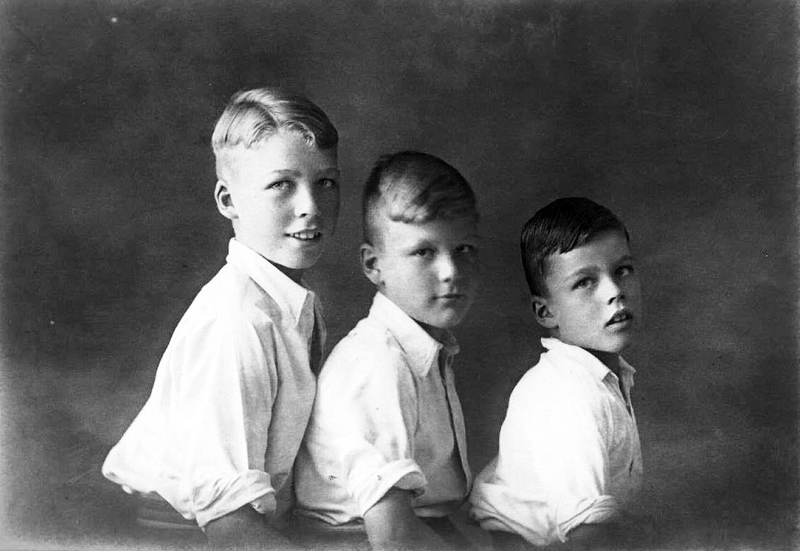
Above the 3 Giles brothers l-r John, Bruce and David
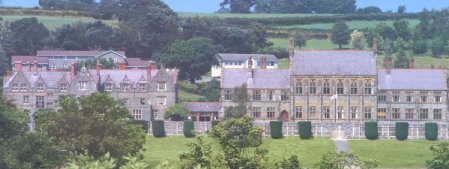
Above Kelly College, Tavistock. The school was originally founded in 1877 by Admiral Benedictus Marwood Kelly, for the education of the "sons of Naval officers and other gentlemen"
On 27th July 1936 he was commissioned, 2nd Lieut., 6th Battalion The Gloucestershire Regiment - Territorial Army (Bristol). He was transferred to Royal Tank Regiment - Royal Armoured Corps. He was mobilized on 24th August 1939 and promoted to Lietenant on 27th August 1939. He was promoted to Captain on 9th December 1940.
John Giles was involved in the Lofoten raid on 1st March 1941. Page 70 of the book "The Epic of Lofoten" describes him leading a party of soldiers
One British officer led the party; a tall elegant-looking boy, carrying a revolver in his hand. He was followed by sixteen soldiers, six of them were carrying machine-guns. And the soldiers were followed by the entire population of a Norweigian village. We escorted them, watched them, admired them and did not want to miss a single one of their movements.
I was one of the luckier people and I had the opportunity to watch events closely.
In the inn at least five people were guiding the soldiers, showing them where the room was that they were looking for. We went through the corridor and stopped in front of the room.
The officer knocked at the door. It was locked. The officer knocked again and then shouted:
"Open this door immediateley!"
He looked around for an interpreter. The Norweigian interpreter stood just behind him, but to my great surprise it was not he, but a German interpreter who repeated the officer's order.
There was no answer from inside.
The interpreter, according to the officer's order, gave an ultimatum to the people in the room. Unless they opened the door in one minute, it would be opened by force. The officer kept his watch in his hand, following closely the passing of the seconds. When the minute had passed, he waved his hand. One of the two machine-gunners who accompanied him - the others were left in the street in the front of the building - came to the door. He put his machine-gun's bore to the lock and fired one single shot the noise of which shook the little house. The corridor was filled with smoke.
The officer pushed open the door and entered the room, followed by the two machine-gunners. He also had his revolver in his hand ready for every emergency.
There were the two German gentlemen in the room. The two men whom I saw yesterday. The two famous Nazi oil experts. One of them started to protest solemly and energetically: "You cannot enter my room...it is intolerable...it is a violation of international law!"
While uttering these words, they still looked astonished at the British soldiers as though they simply could not believe that the whole scene was not a dream, but grim reality. Did the British really venture to come here - to this German occupied territory and do they really dare to capture the Fuhrer's men? Naturally the British were not ready for the long legal discussion and these noble defenders of the international law. The two gentlemen were taken away.
This book was a collection of accounts of the raid by Lofoten men.
John Giles was killed in action during a successful action by British Commandos on the Norwegian coast on 27th December 1941. One of his brothers Lieut. Bruce Giles, also took part and returned safely. At the time a third brother was in Canada training for the RAF.
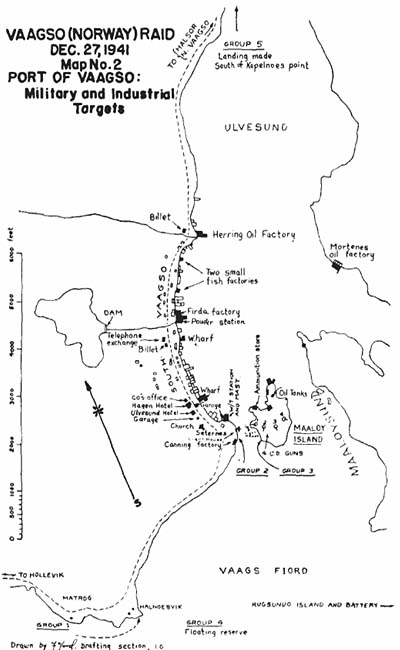
Above map made by the naval and military commanders of the naval force and commandos of the Vaagso Raid.
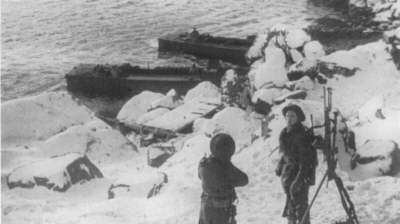
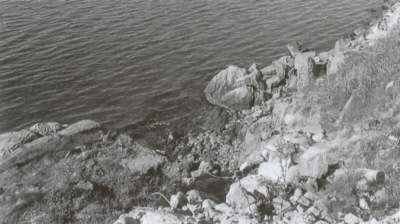
Above left The landing of Group 2, the main assault force comprising Nos. 1, 3 (Command By Captain Giles) and 4 Troops of No. 3 Commando. Above right the same rocky beach today.
A report of the British raid against Vaagso, Norway made by the naval and military commanders of the naval force and commandos which carried out the operation is at lonesentry

Above Vaagso in 1941
The Vaagso raid was the first time all three services combined their resources to mount an amphibious raid against a defended coast. As Mountbatten said at the outset "... nobody knows quite what is going to happen and you are the ones who are going to find out." The RAF provided air cover for over 7 hours and undertook diversionary raids elsewhere. None of the British ships was hit by enemy bombs but a phosphorous bomb from a disabled British plane hit one of the landing craft resulting in some casualties.
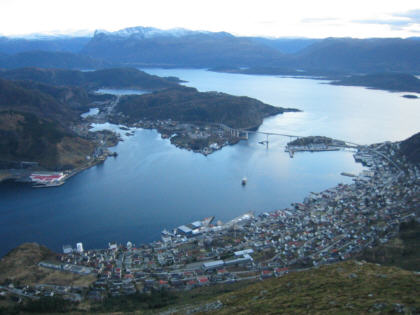
Above Vaagso today.

Above the Memorial to the Vaagso Raid on Maaloy. On it are listed the names of the 52 men who lost their lives, including Giles.
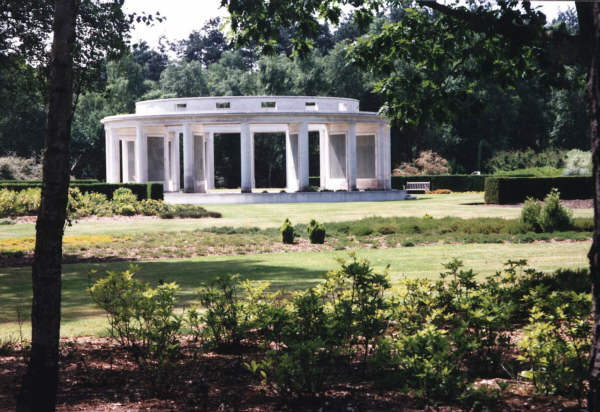
Above Brookwood Cemetry
An account of Gile's death appeared nearly 10 months later in The Times on the 3rd October 1942 and said
CAPTAIN JOHN FREDERICK GILES, who was killed in the raid on Vagso, was the eldest son of of the late Mr. F. W. Giles, of Gordons, Almondsbury, near Bristol. Born in 1917 he was educated at the Bristol preparatory school and at Kelly College, Tavistock, and received his first commission in The Gloucestershire Regiment. While with his battalion he won the heavy-weight boxing championship of the Army for the West of England, and he played Rugby football for Clifton. He joined the Commando in the summer of 1940, and since then had been prominent in all its activities, including the first raid on the Lofoten Islands. He may be identified with the "tall elegant-looking boy carrying a revolver in his hand" who is mentioned on page 70 of the pamphlet "The Epic of Lofoten."
A more detailed account was in the book Commandos and Rangers of World War II. It said
South Vaagso lies on a narrow strip of shoreline beneath a sheer rock face several hundred feet high, the town's unpainted wooden buildings struggling along the three-quaters of a mile of main roadrunning parallel to and some 50 yards from the shoreline. Down this road No. 3 Troop were led by their Troop officer, a giant of a man, making a series of wild charges. They had taken several houses when the Troop officer Captain Johnny Giles - was working his way room by room through another. He and his men had killed three Germans in this house when he burst into the back room and was probably killed by a fourth German hiding there, although he may have been hit from across the street. Such is the confusion of street fighting that bullets can appear to come from anywhere and everywhere.
He was buried at sea.

On January 2nd 1942 the above appeared in the Bristol Times & Mirror.